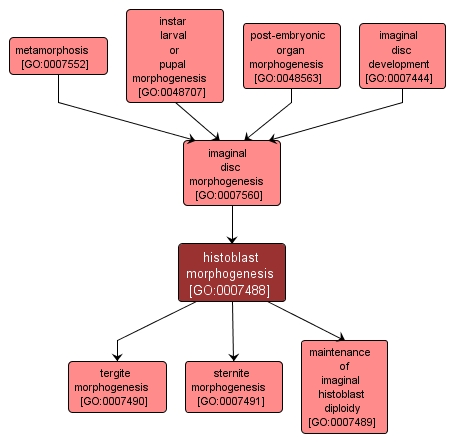| Desc: |
The process by which the anatomical structures derived from the histoblast disc are generated and organized. Morphogenesis pertains to the creation of form. This includes the transformation of histoblast cells into adult structures during pupal metamorphosis. Histoblast cells are cells founded in the embryo that are the progenitors to the adult abdomen. |














